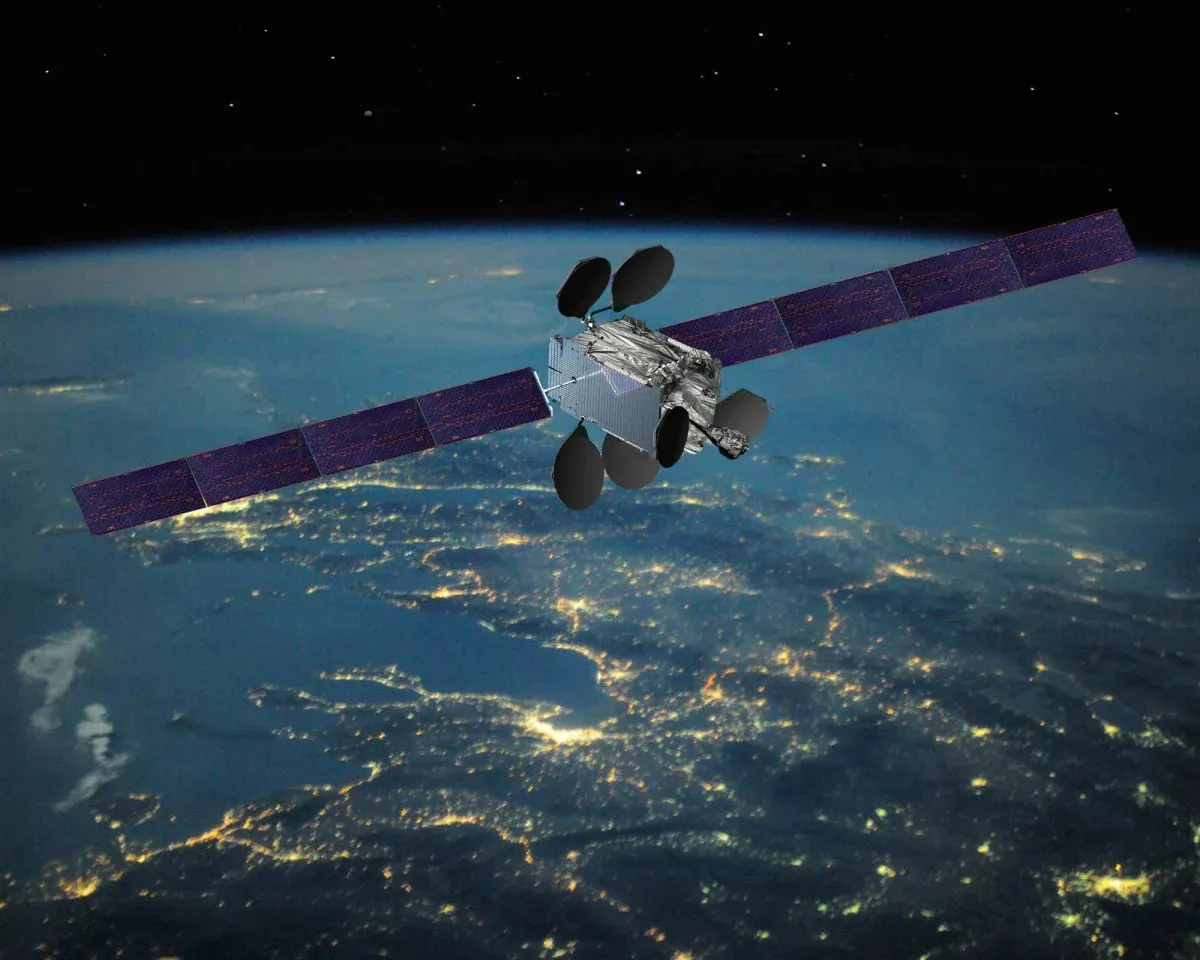Boeing and Intelsat Confront a Major Setback Following Satellite Explosion

The Unexpected Explosion of Intelsat's Boeing-Made Satellite
In a shocking turn of events, an Intelsat communication satellite manufactured by Boeing has exploded and fragmented while in geostationary orbit. This incident has been confirmed by Intelsat, which described the satellite as a "total loss". The U.S. Space Force is monitoring approximately 20 fragments from the explosion, and while they reported that no immediate threats to other satellites have been observed, concerns remain regarding the orbiting debris.
Operational Challenges Following the Satellite Failure
Intelsat is actively working to transition its customers to alternative satellites or third-party spacecraft to mitigate the fallout from this incident. A Failure Review Board has been assembled to conduct a thorough analysis of the explosion's cause. Notably, this satellite was without insurance, further complicating the situation.
- The explosion raised alarms over potential risks posed by fragments to other active satellites.
- Spaceflux, a UK-based tracking company, indicated uncertainty about the orbits of the debris and potential dangers.
The failed satellite, known as Intelsat 33e, was part of a fleet of six EpicNG satellites constructed by Boeing. Utilizing a 720MP platform equipped with hydrazine-powered engines, it is designed for telecommunication, internet, and broadcasting services. This satellite faced numerous operational hurdles, including entering service three months later than planned due to thruster problems.
Further compounding Boeing's difficulties, the first satellite in the EpicNG series, Intelsat 29e, was previously declared a total loss in 2019 after suffering from a meteoroid impact or possibly a wiring flaw.
This article was prepared using information from open sources in accordance with the principles of Ethical Policy. The editorial team is not responsible for absolute accuracy, as it relies on data from the sources referenced.